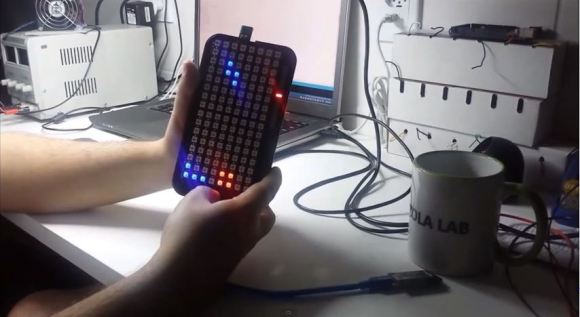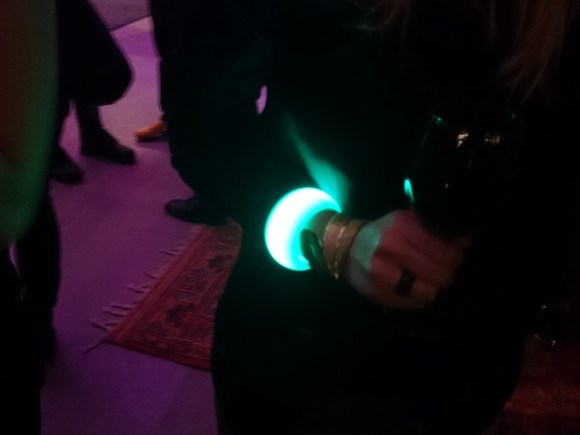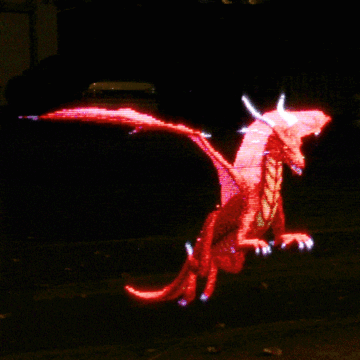
[Eduardo Zola] has been playing around with Arduinos, and ever since he started, he wanted to try making a game. Having fond memories of playing Tetris back on Windows 3.1, he decided to try giving a handheld version of it a shot.
He started with two 8×8 Neopixel Matrices due to their simplicity — not to mention the massive library of code available! To make it truly portable, he’s also included a 3.7v 4400mAh lithium ion battery which will keep him gaming for hours. He found a 5-way navigation switch on eBay which makes up the joystick. A small LED bar display tells you what level you’re on, and he’s even included a smaller speaker for music, and a vibrating motor for successfully completed lines in the game!
He borrowed the Tetris algorithm (and added some improvements) from the source code by [Valentin Ivanov], who completed a similar project last fall. Stick around to see a demonstration video of it in action.
















